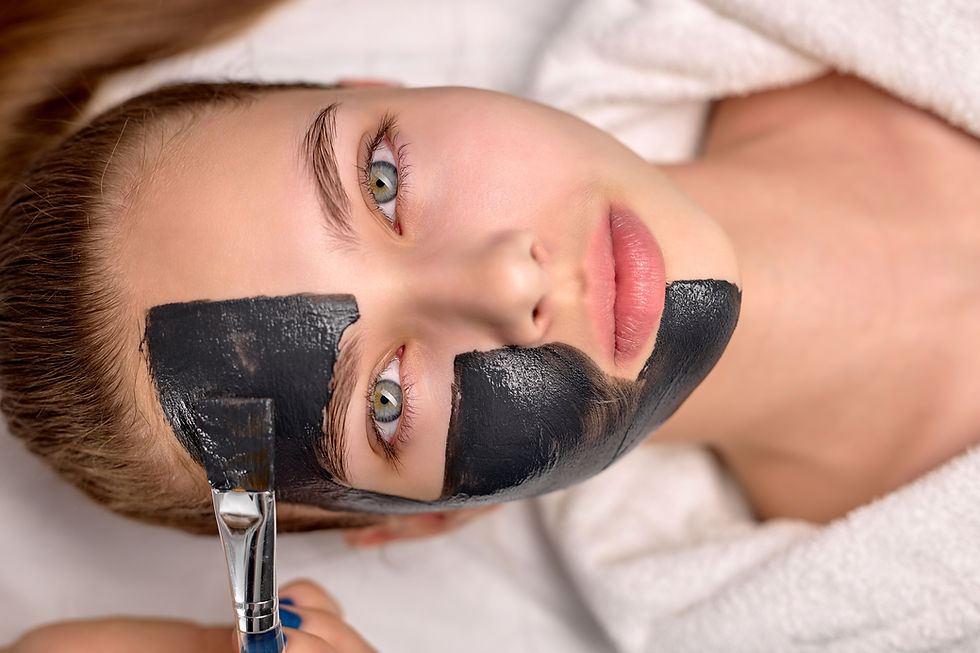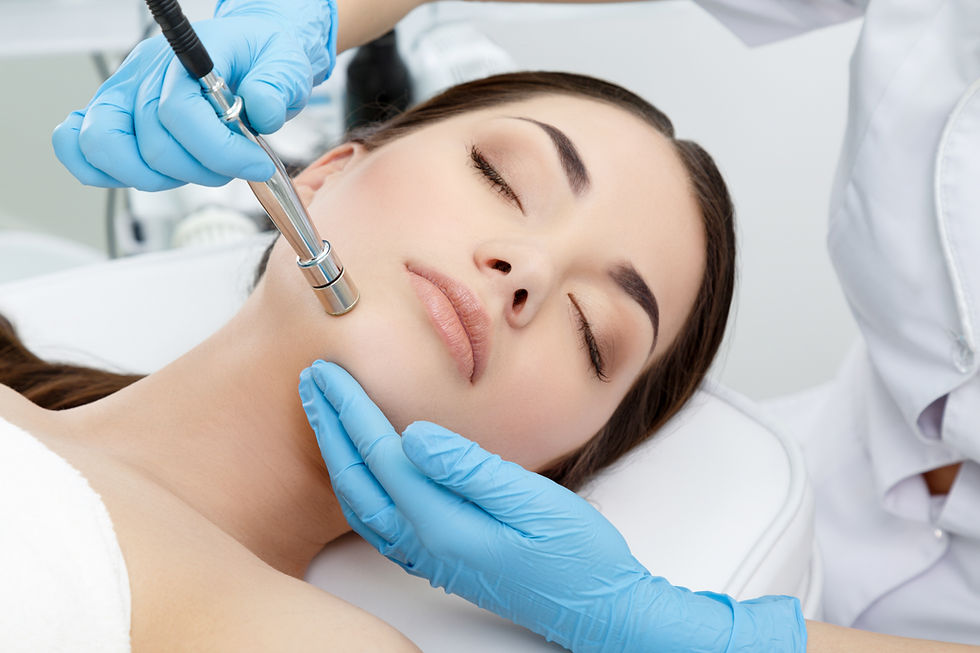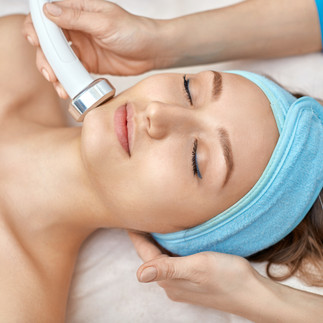"Facials 101: The Importance of Regular Skincare Treatments"
- Mojdeh Moradi

- Jan 18, 2023
- 3 min read

Introduction:
A facial is a multi-step skincare treatment that cleanses, exfoliates, and moisturizes the skin. It is a rejuvenating and relaxing experience that will leave your skin looking feeling great. By removing dead skin cells, unclogging pores, and promoting cell renewal, regular facials can help to maintain healthy, youthful-looking skin.
• Classic Facials:
These are the most basic facials and include a thorough cleansing, exfoliation, and moisturizing of the skin. They are suitable for all skin types and can be tailored to individual requirements.
• Microdermabrasion:
A diamond-tip wand is used to gently remove the top layer of dead skin cells, leaving the skin smooth and refreshed. It is suitable for all skin types and can be used to treat a wide range of skin issues including fine lines, acne, and sun damage.

• Chemical Peels:
These facials use a chemical solution to remove the skin's outermost layers, revealing smoother, more even-toned skin beneath. They can be used to treat specific skin issues like fine lines, wrinkles, acne, and pigmentation.
• Oxygen Facials:
This facial uses a pressurized oxygen machine to infuse the skin with a vitamin and antioxidant-rich serum. It is excellent for restoring skin hydration and plumpness.
• Customized facials:
These facials are tailored to the client's specific needs and can include a variety of techniques and products to achieve the desired results. They can be used to address specific skin issues like acne, pigmentation, and aging.
How Facials Work:
The Facial Procedure: Exfoliation to remove dead skin cells and unclog pores is usually followed by a thorough cleansing of the skin. Following that, extractions are performed to remove impurities from the pores if need be. The skin is then nourished and hydrated with a mask. Finally, a moisturizer and sunscreen are applied to the skin to protect it. The products used in a facial will differ depending on the type of facial as well as the individual's skin type and concerns. Cleansers, exfoliants, serums, masks, moisturizers, and sunscreen are some examples.
How Often Should You Get a Facial:
The frequency with which someone should have a facial depends on their skin type and concerns. Age, skin condition, and lifestyle habits will all play a role in determining the proper frequency. A monthly facial is recommended for those with normal skin. A facial once every 4-6 weeks is recommended for those with oily or acne-prone skin. A facial every 6-8 weeks is recommended for those with dry or sensitive skin.
To determine the best frequency for your specific needs, always consult with a skincare professional
Proper Aftercare For Best Results:
To protect the skin after a facial, avoid sun exposure and use a sunscreen with at least SPF 30. To avoid infection or irritation, it is also important to avoid touching or picking at the skin. It is advised to avoid using makeup and other skincare products for a few hours following the facial. After the facial, your skincare professional will give you more detailed instructions on how to care for your skin.
Conclusion:
Regular facials are critical to maintaining healthy, youthful-looking skin. They offer a variety of benefits, such as deep cleansing, exfoliation, and nourishment, all of which promote cell renewal and improve the overall appearance of the skin. They not only leave the skin looking and feeling refreshed, but they also allow for relaxation and rejuvenation. For best results, include regular facials in your skincare routine and consult with a skincare professional to determine the best type and frequency for your specific needs.



































Comments